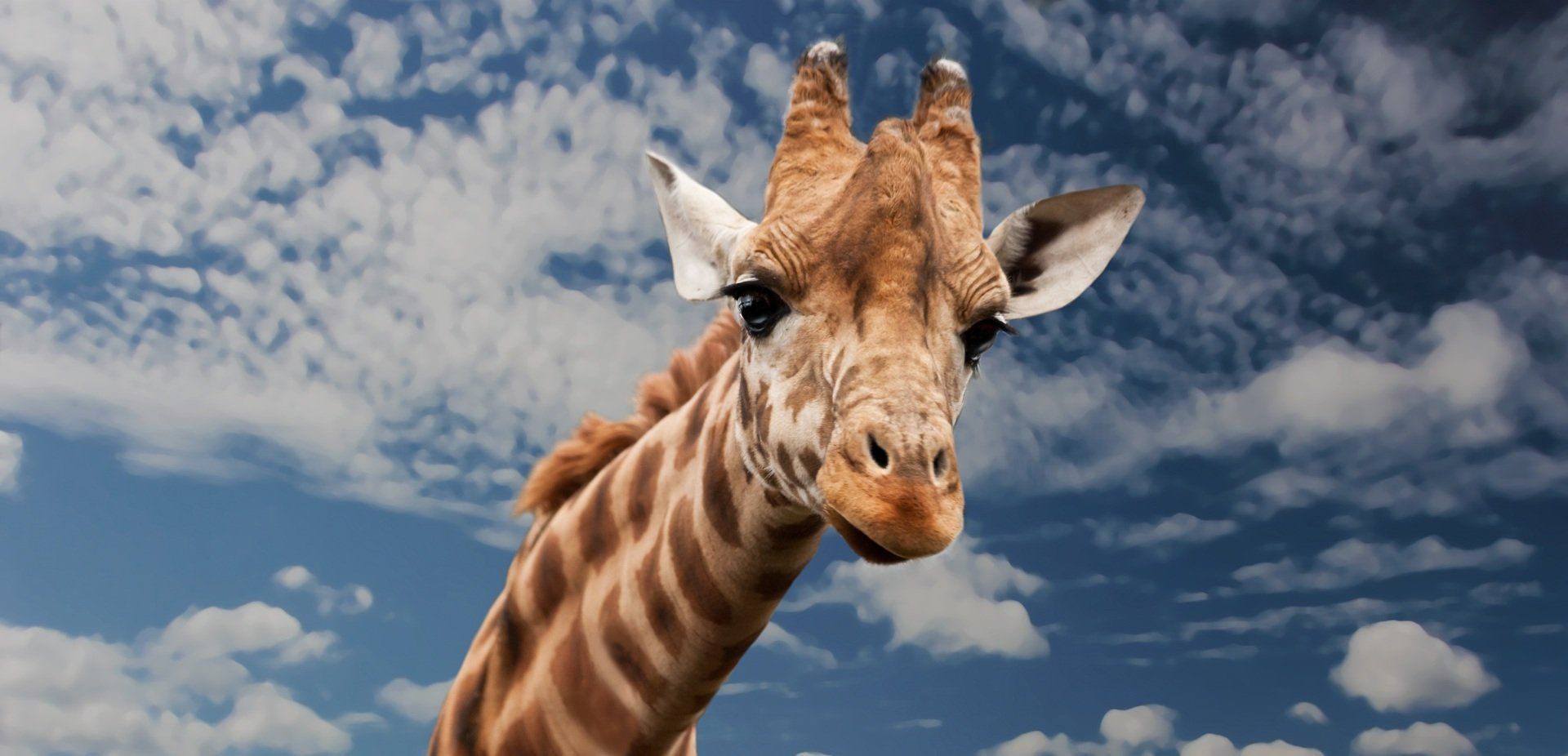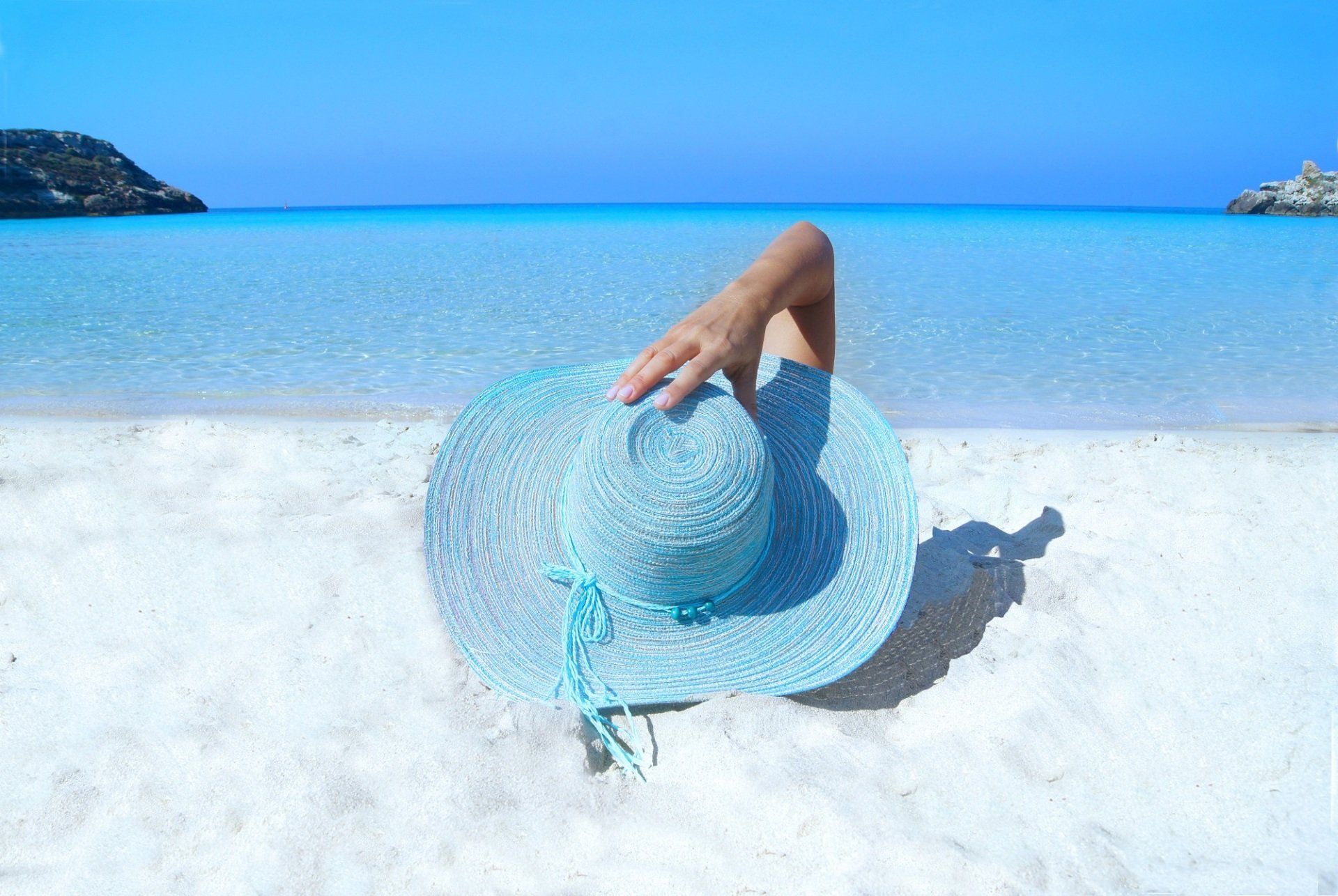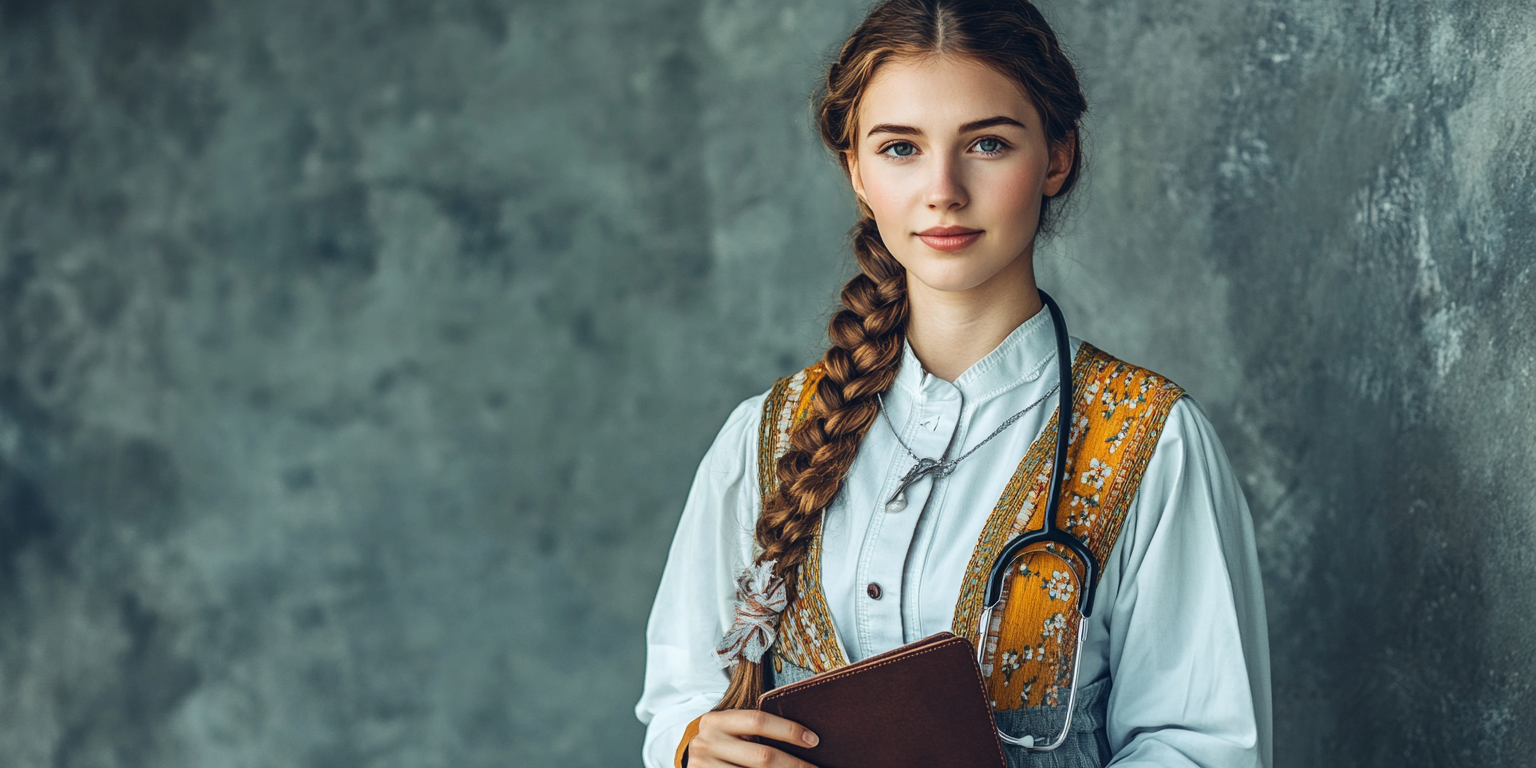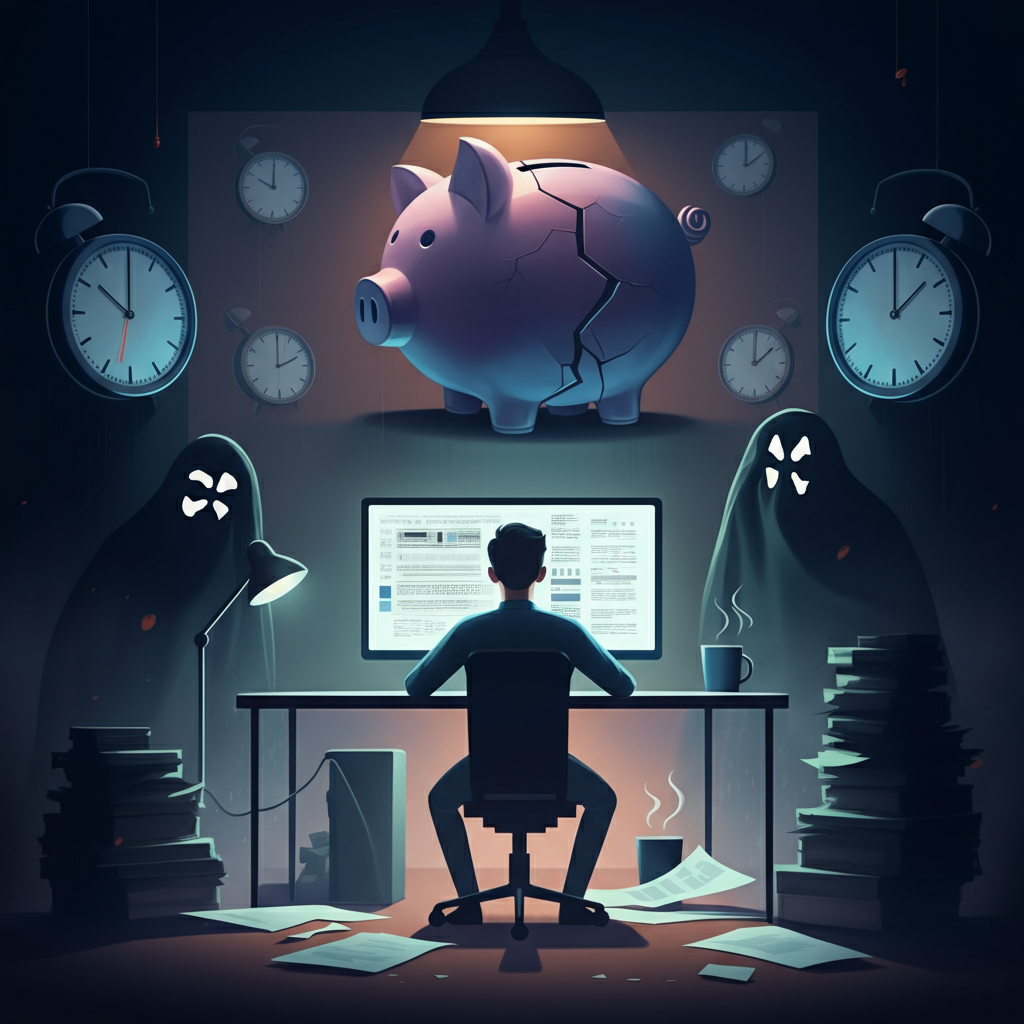The unofficial guide to Nomadsafari
Since we were the guinea pigs in the first group of the newly launched Nomadsafari, I wanted to share the knowledge a bit on what I think is the best way to navigate Nomadsafari. Not everyone might agree with my recommendations, but that's life.
The biggest mistakes you can make on Nomadsafari
- Not taking vacation for the entire safari, falsely expecting to be able to work during the safari
- Spending too many days in Victoria Falls and Livingstone after the safari
- Bringing no USD cash at all
- Having only a Revolut card
- Not bringing a South African and UK plug adapter
- Not applying sunscreen, e.g. because you think you won't get burned when it's cloudy
- Losing your phone, Go Pro etc while rafting, on a cruise etc.
- Not backing up all your data from your phone, laptop etc in an automated way. Your device may be gone after the safari.
- Digital detox makes finding your devices or yourself in an emergency hard through "Find My" and so on, so think twice.
- Not doing laundry before the safari
Mobile internet and WiFi in Botswana, Zimbabwe and Zambia: Bad
The mobile internet connection seemed relatively weak to me in Botswana, Zimbabwe and Zambia. In South Africa by contrast it was quite strong.
I only tried with the eSIMs from Airalo and Flexiroam because going to a shop is often a lot of hassle for me and I don't want random shops to copy my ID/passport (since that is a big security risk).
WiFi was also weak in most places.
eSIMs also have the benefit that you can download the new eSIM while you still have e.g. WiFi or mobile internet in the previous country and then you can immediately connect once you cross the border.
I was glad that I took a vacation and only answered a few messages here and there, because I would not have been able to do my normal work on any of the available internet connections in Botswana, Zimbabwe and Zambia. Even if the WiFi has e.g. 5 Mbps downstream and 1 Mbps upstream, you can only work pretty much if you are the only one using the WiFi. Otherwise very little will ever go through. Video calls were impossible in most locations, even audio calls were flaky.
eSIM plans for South Africa, Botswana, Zimbabwe and Zambia
Here are the eSIM plans I used:
South Africa: Airalo CellSA 5GB, 30 days, 17 USD (for Nomadbase Live + Safari)
Botswana: Airalo Maun Telecom 1GB, 7 days, 8.00 USD
Zimbabwe + Zambia: Flexiroam 1GB ("Africas"), 8 days, 16.50 USD
Airalo: Use this code to get 3$ off with Airalo: RAPHAE6898
Flexiroam:
Use code HKHS3ZU3 to get 200 MB for free on Flexiroam

Cash: You probably need only a bit
Overall, I did not need much cash. I used about 100 USD and a few South African Rands in cash for the whole safari. Everything else I paid with my cards. Cards are accepted almost everywhere with a few exceptions.
My recommendation: Bring 3 credit cards or more and bring 100 USD cash per person, ideally in smaller denominations (10s, 20s or 50s). You will most likely need at least the 50 USD at the Kazungula border from Botswana into Zimbabwe.
If Revolut is your only card, bring more. Unsure about Wise, heard different stories from people.
If you can't bring USD cash, you can try with South African Rand, but generally is USD is better in Zimbabwe where you will need most of the cash.
Avoid cash whenever possible. All non-local currencies tend to give you a horrible exchange rate (30% markup!). Don't pay in USD just because you still have some. Some airport exchanges give you better rates than some of the shops in Botswana.
Pay in local currencies using your card whenever possible.
Use NFC / Apple / Google / Samsung Pay whenever possible for security.
In Zimbabwe the local currency is USD for practical purposes since the original Zimbabwe currencies, including the newest from 2019 (RTGS) are practically worthless. ATMs in Victoria Falls will give you USD.
Exceptions:
- Revolut cards won't work reliably on most of your trip, including in Botswana and Zimbabwe. People on the previous tours had mixed results confirming that Revolut did not work in Botswana and in rare cases in Zimbabwe and once in Zambia. My Swiss "neon" card work without any issues in all 4 countries. It seemed many German-issued cards (e.g. comdirect) also worked well across the countries.
- Taxi drivers in Zimbabwe: They typically take USD cash, but sometimes you can pay the hotel reception and they will give cash to the taxi driver in Victoria Falls.
Malaria in Botswana, Zimbabwe and Zambia
(I am not a health care professional!)
Don't worry too much, most of the trip is not a Malaria zone.
A lot of doctor's recommendations on Malaria are not science based, because there is not so much data on Malaria.
But the risk is non zero!
The most dangerous part is probably Victoria Falls.
But even Victoria Falls had only about 20 cases p.a. a few years ago.
If you feel like it, you can take some Malaria pills.
But they will not save you from Malaria either and can have side effects.
In any case it's advisable to watch for Malaria symptoms about two weeks after the safari and get a blood or PCR test to be sure. Malaria symptoms can start months and years after contact.
Safety in Botswana, Zimbabwe and Zambia
All accommodation on the trip felt safe, except Camp Itumela where you will hopefully not go again.
The highest risk is probably in Johannesburg at the very beginning. Don't go to the city center. Sandton, a suburb, and some other places outside of Johannesburg are much safer.
Sun protection
You will need sun protection from morning to evening every day, no matter how cloudy it is or how tanned you are. Even tanned people will start burning after about 30 mins of daily sun exposure, not so tanned people already after 10 mins.
It's best to get a wide hat and to cover as much of your body with clothing as temperature allows. The rest of the body should get sun screen in the morning with reapplications throughout the day.
Even the lightest sunburn causes permanent damage to your skin from which your body can never fully recover.
You can buy good sun protection clothing at Cape Union Mart, a sports clothing chain in South Africa.

Electric plugs
Botswana: Mostly uses the South African plug.
Zimbabwe and Zambia: Some South African and UK plugs.
Occasionally it's a universal outlet and you can even use a europlug.
Border crossings time
Crossing the border sometimes takes forever and sometimes it's quick.
But you need to be ready to spend up to four hours at any border.
It's pretty weird sometimes: Leaving South Africa into Botswana took forever (more than one hour), while entering Botswana was relatively quick (about 30 min).
Our tour guide said they sometimes spend many hours at a single border crossing.
Apply sun screen before crossing the border. You are going to spend a lot of time in the peak sun hours and will 100% burn if you don't.
Visa situation
Most of you ... (do your own research!):
- Will not need a visa for South Africa and Botswana
- Should get the Kaza visa for 50 USD cash at the Kazungula border when crossing from Botswana into Zimbabwe. It gives you unlimited entries into Zimbabwe and Zambia for 30 days.
Some nationalities will need a visa upfront!

Rafting in Zambezi river
- Bring almost no devices or leave them with the tour company shortly before going on the raft.
- Don't bring a smartphone even if it says waterproof. Even "waterproof" iPhones tend to not work correctly anymore afterwards (front camera + face ID damaged) and it's not covered by Apple's warranty.
- On top there is a big risk of losing the entire device. Someone on our tour lost a GoPro camera and such things seem to happen often.
- Bring sunscreen to the rafting and keep reapplying, even if it is cloudy.
- You will fall into the water a number of times, it's inevitable.
- Don't drink the river water once you fall in.
- You might fear to die in some special situations when you fall into the water, but all who feared that on our tour survived.
Digital detox?
While working won't be possible on the safari, not having an internet connection is also dangerous.
In case of a lost device or a medical emergency, a mobile internet connection is a big benefit.
It has saved me a few times before in Africa, so my recommendation is to never ever be entirely disconnected from the internet.
Laundry
Laundry options are very limited during the safari, especially because you don't stay for very long anywhere.
Often the prices are typical hotel laundry prices, i.e. it can quickly cost you 50 USD to get your stuff cleaned.
It's recommended to do laundry right before the safari.
This article is not financial, tax or legal advice by any means.
I am only sharing my own personal experiences here.
Always seek professional financial, tax or legal advice before making decisions.



